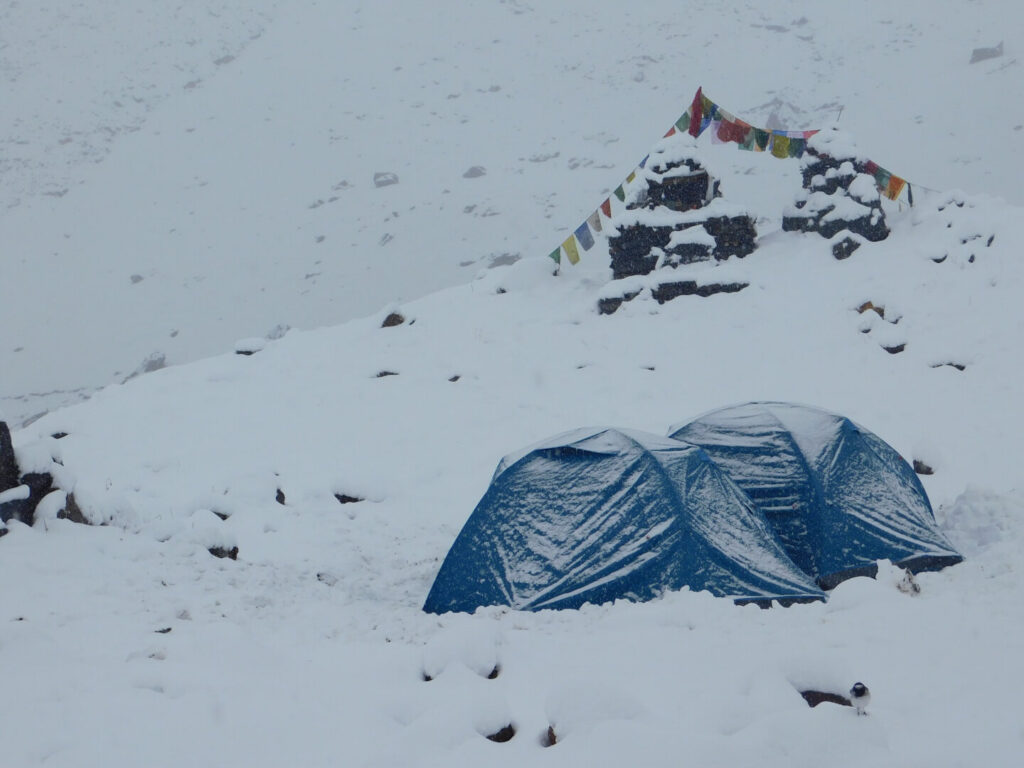Topographic map reading and navigation for beginners.
To begin with topographic map reading and navigation here are the few things that you will require.
- Topographic map
- Base plate compass or liquid prismatic compass
- Service protractor
- A pencil or sketch pen
- A note pad
There are different types of maps. The maps used for the purpose of trekking or mountaineering are.
- Guide map
- Topographic map
In this section we will talk about the basics of the Topographic map reading and navigation. The steps mentioned below are the steps that must be followed in sequence.
Map orientation
- Find the north using compass or sun direction.
- Place the map on ground with the north on map (Grid north) facing towards north direction.
- Place the compass on the map, the north on the map and compass needle must be towards the same direction ie. North.
Finding the own location
- Find out roughly where on the map you are.
- This can be done by identifying your surroundings on the map, name of the location on the map, having a fair sense of understanding contour lines.
Identify two prominent geographical features on the map and around you on ground.
- Look for minimum two prominent geographical features around you.
- The same features must be identified on the map too.
- Now you should have a better sense of your location on the map
Find the forward bearing from the compass
- Take out your compass and take the forward bearing for the feature number 1 and make a note of the same on paper.
- Take the forward bearing of the feature number 2 and make the note of the same.
Draw the back bearing on the map
- Place the service protractor on the feature number 1 on the map and calculate the back bearing and draw a line from this feature number 1 towards yourself.
- Place the service protractor on the feature number 2 on the map and calculate the back bearing and draw a line from this feature number 2 towards yourself.
- These two lines from feature number 1 and 2 must intersect at a point.
- This point of intersection is your exact location on the map.
Find the coordinates
- Now you need to find out the Northing and Easting coordinates for this intersection point.
Remember that map reading and navigation is an art that develops with practice. It is advisable that you organise such exercise among yourself to become proficient in map reading and navigation.
We hold the decades of exposure in Himalaya and Popular climbing destinations across the continents.
Our skills as competence professionalism as instructors, armed forces veterans, and mountaineers sets us apart from the rest.
Our teams has trained thousands of mountaineering enthusiasts. Our knowledge and experience gives us an edge as mountaineers.



